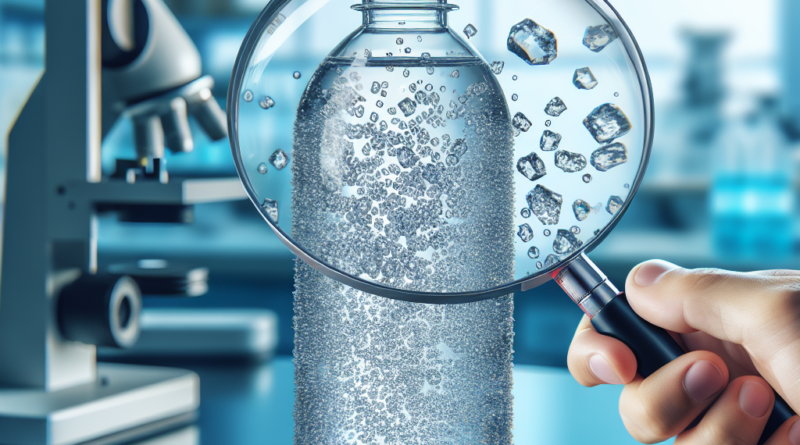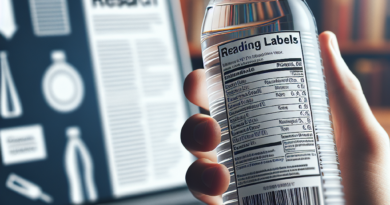Crystal Particles Discovered in Bottled Water: Should We Be Concerned?
Concerns Over Crystal-like Particles in Bottled Water
Recently, numerous consumers have reported the unsettling discovery of crystal-like particles in bottled water, raising significant health concerns.
In Luxembourg, a local mineral water producer faced inquiries from anxious customers seeking explanations and reassurances.
However, this issue is not isolated to one brand; any bottled water, particularly popular among Italians, could potentially face similar scrutiny.
Notably, several Italian mineral water brands have encountered comparable reports from consumers alarmed by peculiar “crystals” settling at the bottom of their bottles.
Therefore, in light of manufacturers’ prompt and thorough responses to customer inquiries, it is crucial to understand how to identify these crystals and whether consuming the water poses any health risks.
Here’s a comprehensive overview.
What are the Crystal-like Particles?
The appearance of crystal-like substances at the bottom of bottled mineral water does not indicate contamination or a manufacturing defect; rather, it is a natural process.
This phenomenon is primarily attributed to the crystallization of dissolved mineral salts within the water.
The minerals, varying in concentration depending on the water’s unique composition, predominantly include calcium, which leads to the formation of transparent precipitates known as calcium carbonate crystals.
These particles do not consistently appear in all bottled waters, causing considerable alarm among consumers when they are discovered.
Interestingly, not every bottled water brand seems susceptible to this issue.
The formation of these crystals typically occurs under specific conditions, especially with shaking and drastic temperature fluctuations.
However, it is challenging to ascertain from merely observing the presence of crystals whether the water has indeed undergone such stress, a determination best made by the manufacturers themselves.
Should We Be Worried?
Despite receiving clarifications about the nature of these crystals, many consumers remain apprehensive about the water’s safety.
Experts frequently address these concerns, offering valuable advice to protect public health.
It’s important to note that drinking water containing these residues is not harmful, as these substances are typically dissolved in the water and regularly consumed.
If there are uncertainties regarding the water’s composition or mineral content, one can refer to the label, focusing on the total dissolved solids (TDS), which indicates the amount of mineral salts in each liter.
Evaluations related to water mineralization should take into account individual health conditions and personal needs.
Importantly, the risk of consuming excessive mineral salts is minimal; even if the crystals are ingested, it would amount to the ordinary mineral content found in the water.
Typically, these crystals do not get consumed as they tend to remain at the bottom, often altering the water’s taste, which can be unpleasant due to the lack of expected minerals.
On the other hand, prolonged consumption of demineralized water may pose health risks, although occasional intake is generally safe.
Such formations are rare, and a gentle shake of the bottle often dissolves them back into the water.
A more pressing concern is the influence of temperature fluctuations on plastic bottles, potentially affecting water quality.
Therefore, while there are no contraindications to consuming the water, it is advisable to inform the producer about the situation to ensure thorough quality checks, which may extend beyond bottling processes to include transportation and storage.
For more insights, check out our article on the best bottled water for quality and price in 2024.




